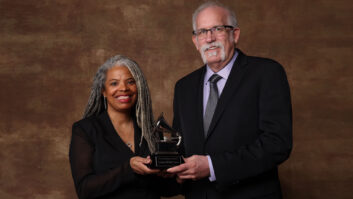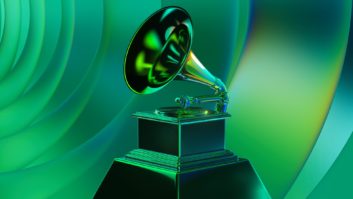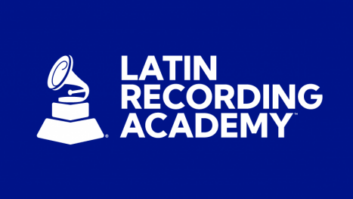
Industry Experts Celebrate Record Store Day at Ardent Studios With Seminar on the Art of Recording for Vinyl
On Saturday, April 16, 2011, experts in the field of creating vinyl recordings gathered in Memphis for a discussion and critical listening session designed to provide insight into the “lost” art of recording for vinyl. Moderated by Memphis-based engineer/producer and vinyl cutter Jeff Powell, the panel consisted of president/CEO of Furnace MFG (Furnace Record Pressing, Pallas USA, Record Industry USA) Eric Astor, producer/engineer and founder of Ardent Studios John Fry, Masterdisk NYC mastering engineer and vinyl cutter Scott Hull, and mastering engineer/vinyl cutter Larry Nix. Presenting sponsors of the event included Ardent Studios, GC Pro and Record Store Day.
Vinyl is a resilient cult format that has been steadily showing growth for various reasons. Many music aficionados assert that the analog sound of vinyl
releases is superior to digital formats. Artwork is also a factor. Artwork and liner notes for music sold or streamed online are not widely available and the tiny jewel cases that hold CDs provide an unsatisfactory experience compared to the 12X12-inch covers used for vinyl discs. The mystique of vinyl itself is a factor, encompassing a “cool” factor evangelized by such artist proponents as Dave Grohl, Radiohead, the Strokes and Jack White.
The act of getting a master recording to a vinyl disc is a delicate and complicated process that few today are familiar with. This GRAMMY GPS event utilized the experience and expertise of its panelists to demystify the process — from how to optimize mixing and mastering for this classic format — to the challenges of cutting the all-important lacquer discs that must be delivered to a vinyl pressing plant, — to tips and tricks on how to work with disc manufacturers. All the panelists agreed that best practices in recording are required in order to assure a finished vinyl product that fulfills the intention of a musical artist’s vision.
“There are only a few people these days who really understand how to create great vinyl records,” said Maureen Droney, Producers & Engineers Wing Sr. Executive Director. “We were extremely excited to be able to assemble this knowledgeable group, which encompasses some of the best in the business. Their combined skill and experience generated a great discussion and an insightful listening session — and their obvious passion for the vinyl art form was totally infectious. All in all, it was a terrific way to celebrate Record Store Day.”
Planning is key. For example, Hull pointed out, “Duration is important. Twenty to 22 minutes of music per side is all that you can get onto a vinyl LP without reducing volume level of the music.”
Lacquer cutting lathes have been out of production since the mid 1980s, and Powell shared anecdotes about the challenges related to operating such vintage machinery, stating, “There’s no ‘undo’ button. There’s only one groove on a record. If you make a mistake, you’ve blown a lacquer and have to start over. Cutting vinyl is definitely a physically demanding process.”
Astor offered invaluable hints about how to work with manufacturers to keep quality up and costs down, and, although he shared a wealth of technical knowledge he also allowed that “After 25 years I still have to say it is a magical and amazing process.”






